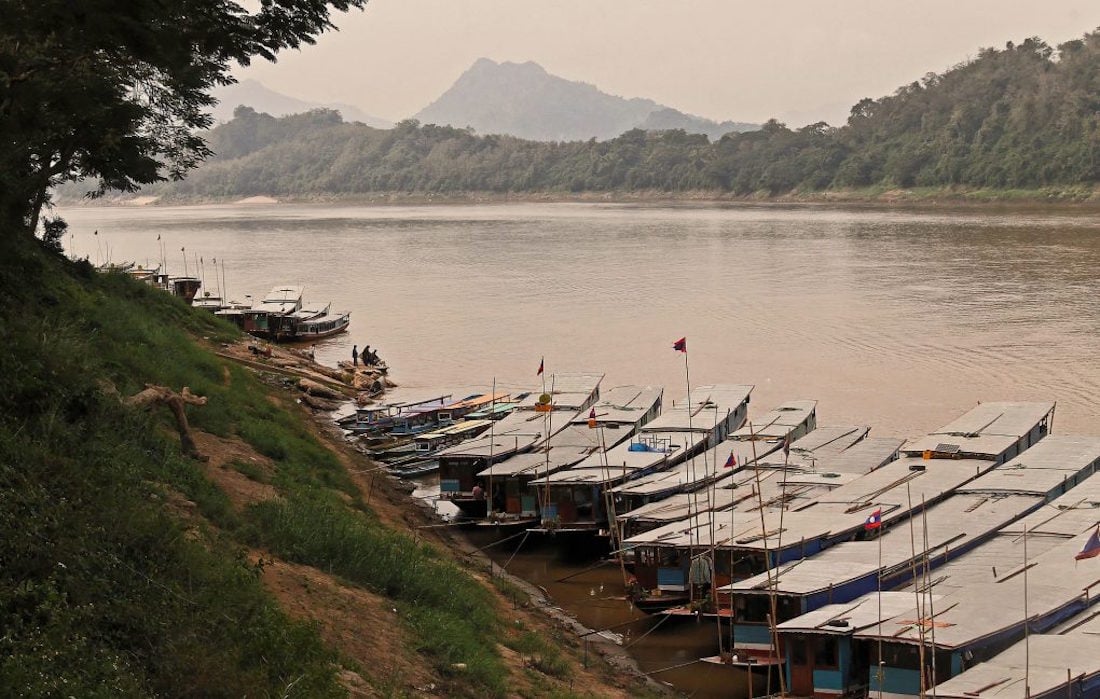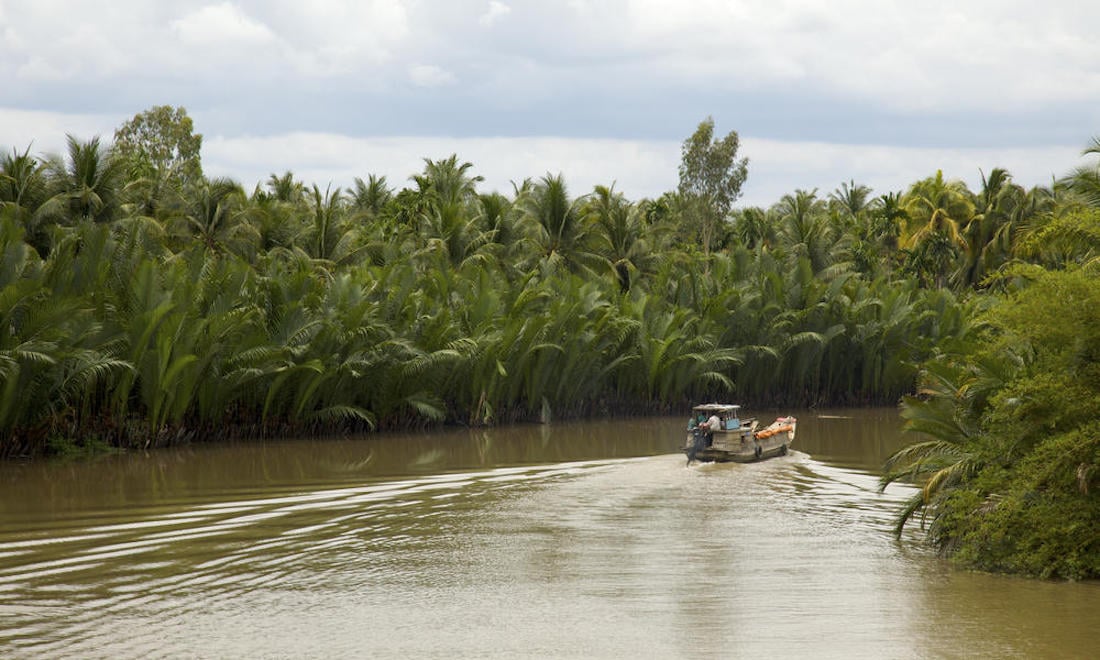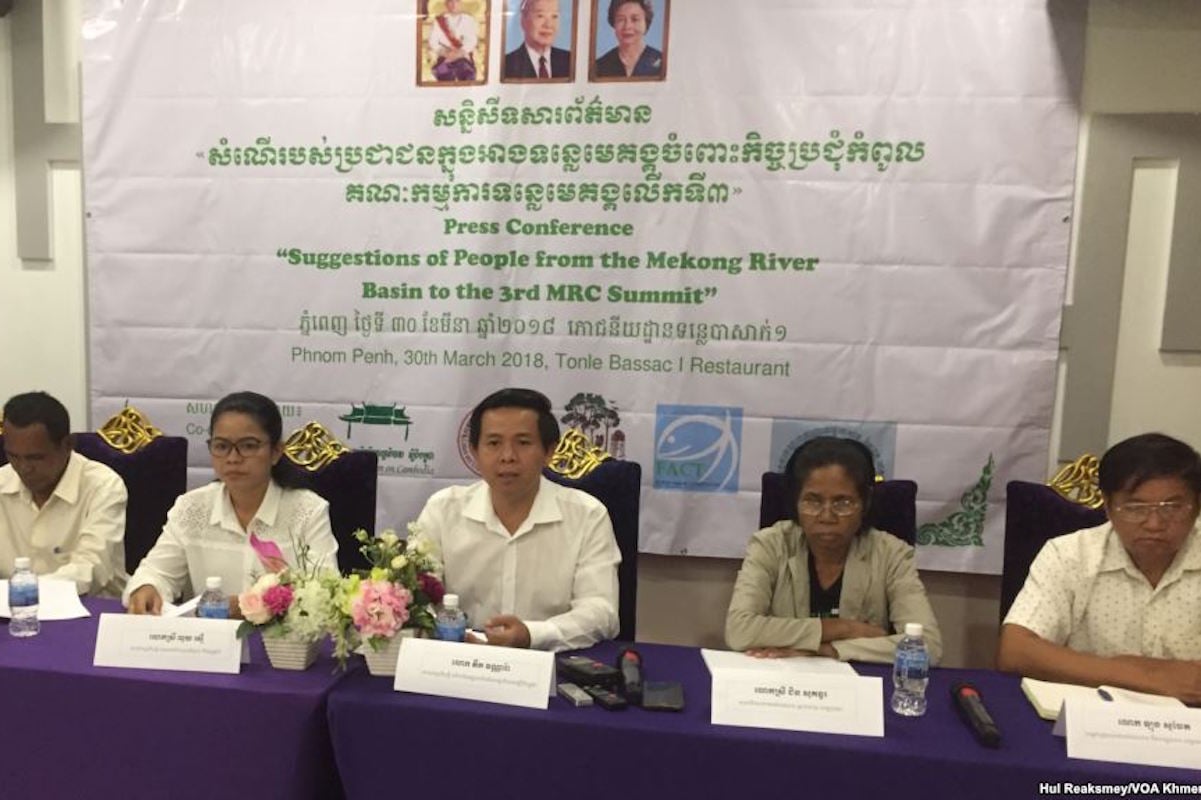Muddy river waters are often seen as a sure sign of poor river health, as a result of inappropriate land management practices, or a consequence of extreme rainfall where great quantities of sediment – silt, sand, clay and organic matter – are discharged.
This is a common sight in the major rivers of south-east and east Asia, and has come to characterise rivers such as the Yellow and the Mekong. With its beginnings on the Tibetan Plateau, the Mekong flows for 4,300 kilometres, carrying an estimated sediment load of 160 million tonnes before reaching its delta and discharging into the South China Sea.
The sediments of these large river systems have a critical role to play in supporting aquatic ecosystems; they provide rich nutrients that sustain inland and coastal fisheries, they maintain the morphology of rivers through deposits of sand along the riverbed, and – most importantly – they build and replenish the mega deltas that dominate south-east and east Asia.
These mega deltas are the food bowls of the whole continent – producing rice, supporting aquaculture, and providing the necessary habitats for a range of ocean fish species. They are also central to the livelihoods of millions of people.
But the sediment load in the Mekong is declining, according to a recent study by UNESCO and the Stockholm Environment Institute. Using data collected at strategic points along the river before 2003 and after 2009, the study found that the average suspended sediment load in the river at Chiang Saen (in Thailand), Pakse (in Laos) and Kratie (in Cambodia) declined by 83.5%, 50% and 43% respectively over this period.
As several major dams were inaugurated at the same time, we can deduce that this dramatic change in suspended sediment load is associated with large infrastructure development on the main stream and tributaries of the Mekong. About 73 hydropower projects are currently operational in the lower Mekong basin, and a further 29 are under construction. Only 16 of these were operating in 2000.
Large dams are being built to to power the economies of countries in the region, and to meet the ever-increasing demand for electricity and food. Sediment load is being further reduced by the insatiable demands of the construction sector, which has resulted in unregulated sand mining of the riverbed.
The study also reveals that if all the dams currently proposed for the lower Mekong basin are developed, including mainstream dams, an estimated 96% of the sediment load will be trapped within dam reservoirs, reducing the sediment load which reaches the delta to 4% of current levels. This is a bleak outlook and one that questions whether our commitment to sustainable development in the region has included the implications of reservoirs and sand mining in maintaining the stability and functionality of the Mekong delta, as well as the important inland fisheries of the Tonle Sap in Cambodia.
These core assets for Cambodia, Vietnam, and the entire region support millions of livelihoods and provide nutritious grains and fish that are key to global trade and food security. These life-supporting muddy waters – once reddish-brown when they carried sediments – have now turned to an ocean-like blue as they discharge into the Mekong delta. Without the continual supply of sediments, mega deltas will no longer grow but rather retreat, and the productivity of these systems that are dependent on the annual deposit of nutrient-rich sediments will decline, placing millions of livelihoods at risk.
We must rethink our development agenda for the life-giving waters at the heart of Mekong communities. The current oversupply of electricity in the region questions the need to build the additional large reservoirs planned for the basin. Unprecedented developments in renewable energy – both solar and wind – in addition to storage systems, may make this grey infrastructure redundant over the life of these reservoirs.
We can address the current impasse of reduced sediment delivery to the delta by coordinating the releases from the reservoirs across the entire river basin. Coordination means ensuring that, as a core management strategy, sediment discharge from dams is given the same priority as electricity generation. This will only occur if all governments in the basin come together to develop a comprehensive sediment management plan that ensures the adequate delivery of sediments to Cambodia and Vietnam.
This is an important opportunity for the Mekong River Commission (MRC) and the newly constituted Lancang-Mekong Water Resources Cooperation Center (LMWRCC) to jointly lead such an initiative with research communities in the region, such as Unesco’s International Sediment Initiative (ISI), the Sustainable Mekong Research Network (SUMERNET), and others.
Further, greater regulation and enforcement of sand mining operations would go a long way to maintaining the integrity of the river. Cooperative action to ensure the robust management of the Mekong’s vital sediment load will not only ensure its integrity, but help safeguard healthy and sustainable growth for its countries and their communities into the future.
Thanapon Piman is a research fellow at the SEI Asia Centre in Bangkok.





